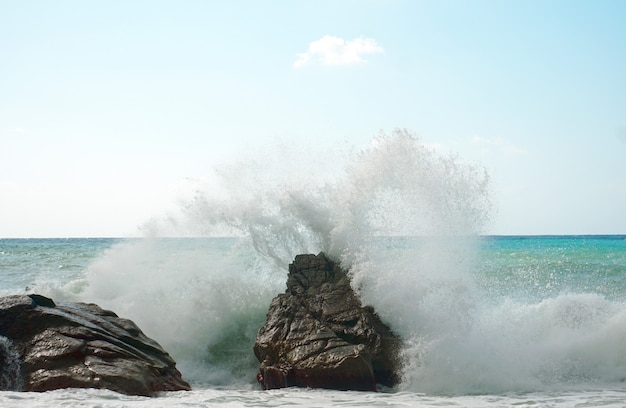The World’s Most Enchanting and Elusive Ocean Strongholds


Imagine coming across an unexpected island of concrete or steel in the middle of the ocean. These sea forts, built during the Victorian era or World War II, were designed for military use, mainly serving as shelters against Nazi or British naval attacks. Today, they remain steadfast in the sea and are open to visitors.
One such fort is Alexander Fort, located off the coast of Kronstadt near St. Petersburg, Russia. Built by the Russian Army between 1838 and 1845 to protect St. Petersburg, it’s also known as Plague Fort because of the bubonic plague research conducted there. Although it never saw real battle, it housed 103 cannons and has an oval shape with a central courtyard measuring 90 by 60 meters and consists of three floors. Since St. Petersburg’s establishment in 1703, Russia recognized the strategic significance of the Gulf of Finland and started building forts like this one for protection.
Another example is Spitbank Fort, constructed in 1878 to defend against French naval attacks on the south coast of England, a critical geostrategic location. Situated in the Solent sea, between Portsmouth naval port and the Isle of Wight, Spitbank Fort used to house a hundred soldiers ready for enemy attacks. Nowadays, it functions as a luxurious hotel featuring nine suites, a spa, sauna, rooftop jacuzzi, and event spaces for weddings and parties, accommodating up to 54 guests.
During World War II, small fortified towers known as Maunsell Forts were built in the Thames and Mersey estuaries to prevent the Germans from planting mines in these crucial waterways. Named after their creator, Guy Maunsell, they were repurposed in the 1960s as pirate radio stations and even hosted a micronation called Sealand. These ghost forts have been guarding the waters since 1942.
Fort Louvois is a seventeenth-century sea fortress built between the islands of Oleron and Marennes, halfway between Nantes and Bordeaux. Constructed from 1691 to 1694 by order of Louvois, the war minister of Louis XIV, its purpose was to defend the naval arsenal at Rochefort. Designed in a horseshoe shape with a central tower, drawbridge, and moat, it resembles a medieval castle. Today, Fort Louvois operates as a historical museum open to tourists.
Built between 1867 and 1880, about two kilometers from the Isle of Wight, another fort was intended to protect Portsmouth. Previously a private luxury hotel, new owners are planning to reopen it soon. Taller than Spitbank Fort, it features a heliport, four full floors for receptions and parties, a cabaret, a dining room for 200 people, a lighthouse, and a spa complete with a jacuzzi and sauna.